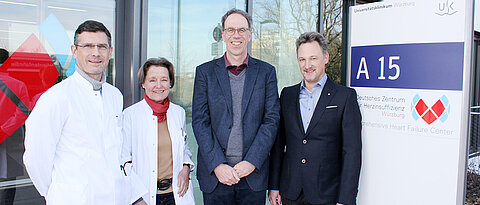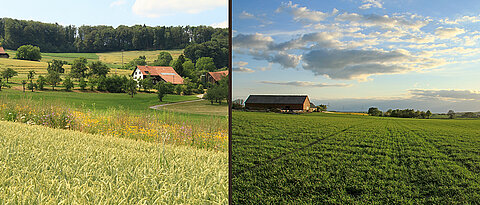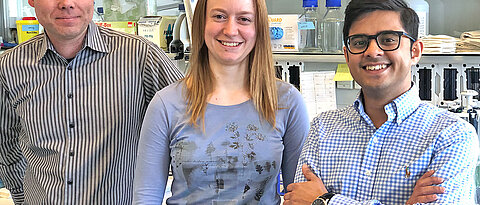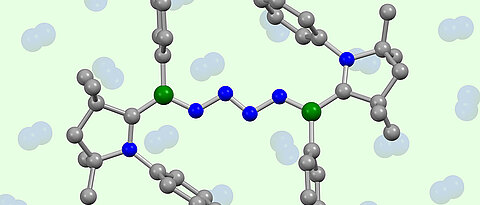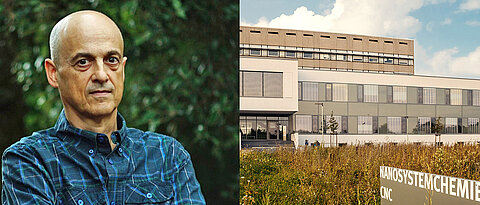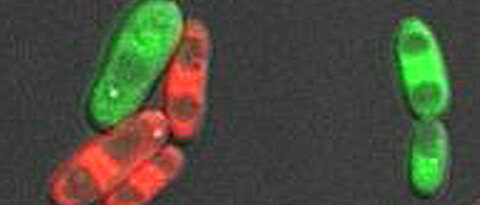Modern Tool for Old Texts
04/18/2019
The OCR4all tool ensures converting historical printings into computer-readable texts. It is very reliable, user-friendly, and open source. It was developed by scientists at the University of Würzburg.
more


